Glueing of plastics and other materials

Glueing plastic
Glueing achieves a uniform, durable and attractive result. We have significant savoir-faire when it comes to glueing a variety of products and materials. Glueing has the advantage of allowing various products such as displays, acrylic boxes or podiums to be joined.
Glueing seldom lends itself to automation and, depending on the material, requires different types of glue. Correctly performed, with the right glue for the material, glueing can result in smooth and in some cases almost invisible joins.
Before any glueing project, we review possible alternatives and advise you so that we can establish the characteristics and appearance you require.
Read more about glueing various types of plastic and other materials on this page.
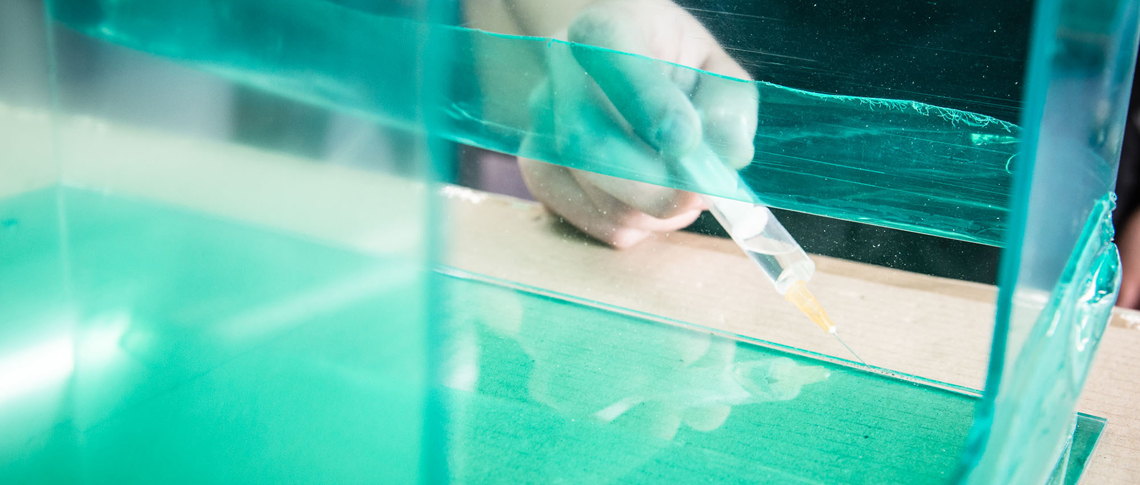
Glueing acrylic
Acrylic can be glued so that the joins are almost as strong as the acrylic itself. But thorough preparation is required. Before the glue is applied, surfaces must be prepared through de-tensioning, de-greasing and cleaning . Then surfaces must be held/pressed together whilst the glue hardens.
As a rule of thumb, one can say that glueing coloured acrylic gives a better result than glueing clear acrylic, because the glued surfaces are invisible on non-transparent acrylic.
Glueing clear acrylic is difficult because air bubbles are formed as the glue hardens and these are visible against the clear acrylic.
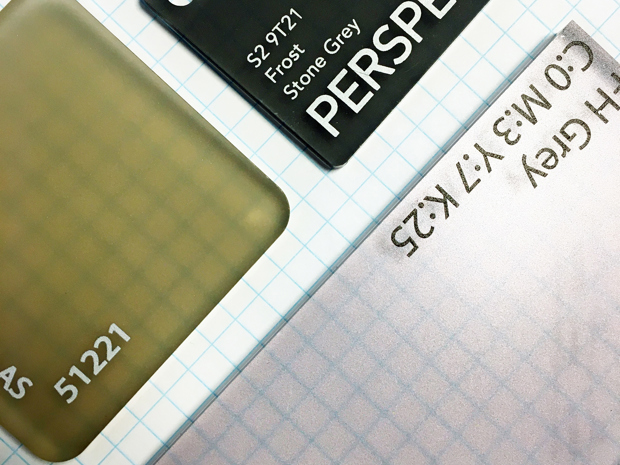
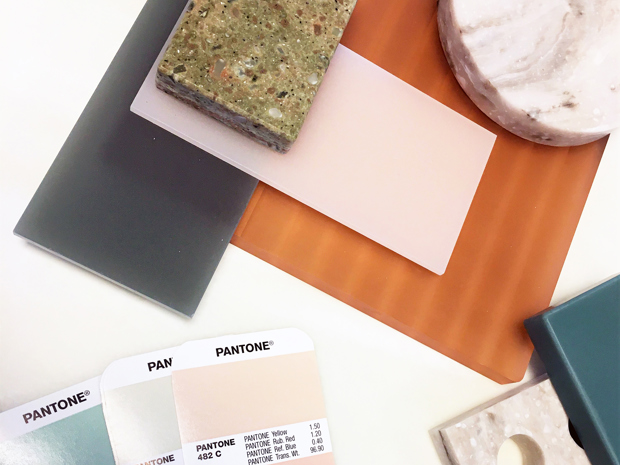
Glueing of steel, wood and other materials
In most builds, plastic is glued together with plastic of the same type. However, two different types of plastic, or a plastic and metal or other material, such as linoleum or Corian®, are sometimes glued together.
Glueing of diverse plastic types is possible only if the two plastics are closely related. Certain plastic types cannot be glued together.
Similarly, glueing plastic to a metal is problematic, but not impossible. It is important to be aware of differences in thermal expansion, where an example is acrylic, with its expansion coefficient five times higher than that of steel.
We will of course provide advice on materials and glueing so that you can be assured of the optimal result.
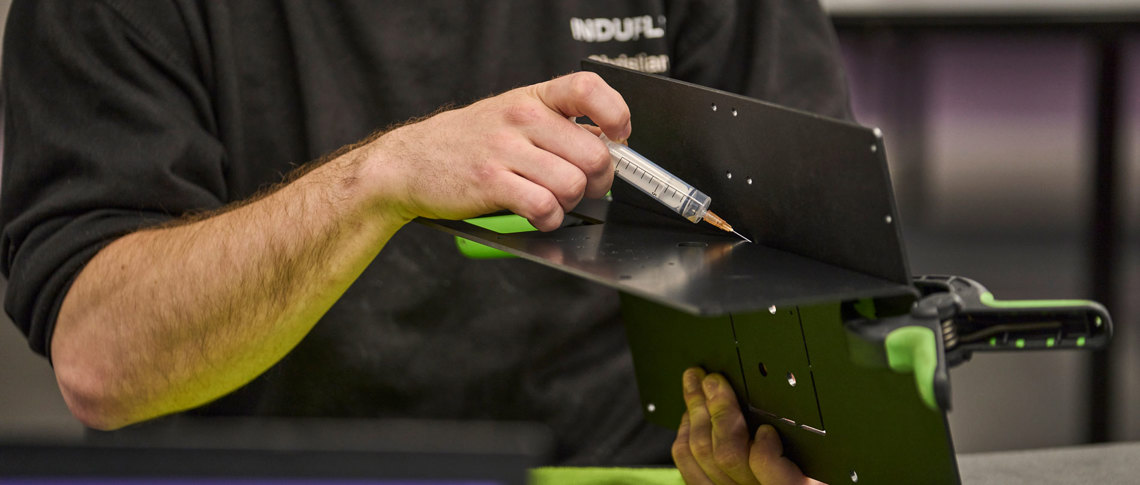
Glueing of technical plastic
Glueing technical plastic depends on the chemical resistance of the plastic type. The higher the resistance, the more difficult glueing can be.
The two most used technical plastics, PEHD and POM, are both chemical-resistant and therefore difficult to glue.
We do not have a tradition of glueing technical plastic and prefer to find a way to produce the item without glueing.
Glueing with UV glue
Certain types of glue have been developed to cure when exposed to UV light. UV glue does not bind with plastic, it is merely the adhesive. This means that UV glueing is not as strong as chemical glueing. Moreover, it can only be used when at least one of the materials is UV-transparent, such as for example clear acrylic.
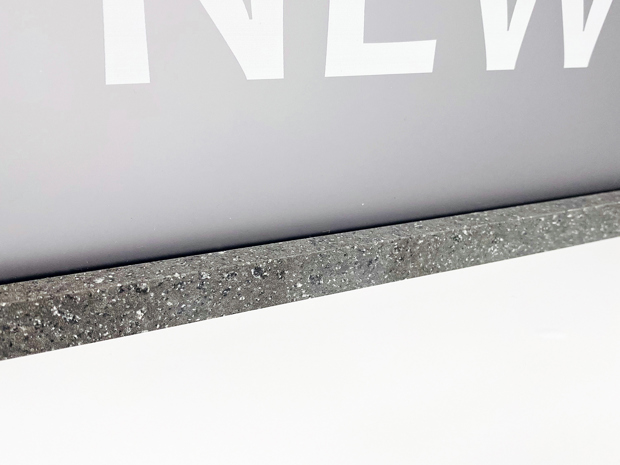

Alternatives to glueing
Our knowledge of materials and processes enables us to suggest glue-free solutions to tasks. It may be possible to alter the construction such that, in some cases, a better solution can be arrived out without glueing.
The most common alternatives to glueing are:
Heat or cold bending
With a little imagination, many glueing projects can be resolved by bending the material. We should however stress that not all plastics can be bent. Read more about heat or cold bending here.
Double adhesive
Double adhesive is a financially viable solution, where the weight of an object is relatively light in comparison to the adhesive surface. It is used in a high percentage of logo signs and letters on signs.
Locking systems
Locking systems involve combining plastic sheets without glue, or in combination with glue. The method has become popular for sales displays in shock-resistant acrylic. Ordinary acrylic is too fragile and will break if treated in this way.



